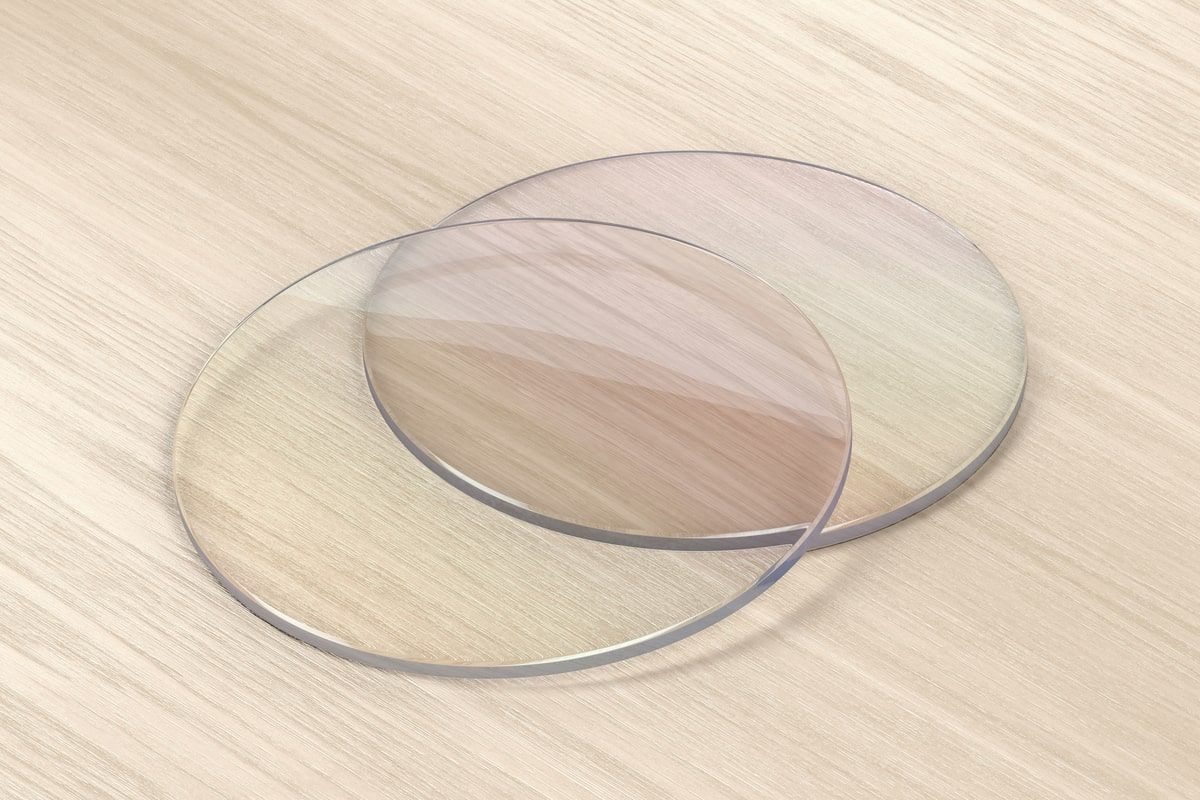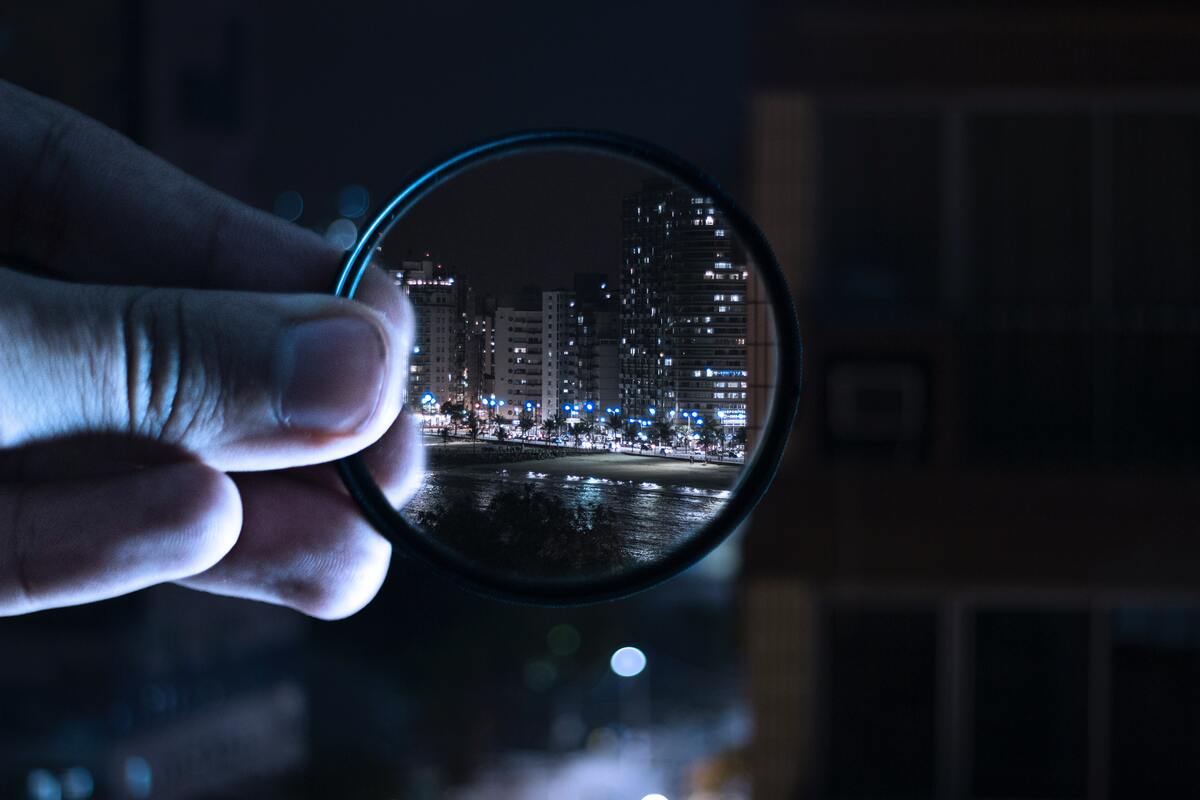Split Diopter Lens – Breaking Down What It Is & Why You Should Use Them
Rent film gear from local filmmakers.

Rent film gear from local filmmakers.
One of the most powerful tools directors has at their disposal these days is split diopter lenses. This lens can capture two subjects at different distances in the frame concurrently.
Read on to discover what a split diopter lens is and why you should use them in your next cinematic masterpiece.
New to filmmaking? Start by learning all the fundamentals of filmmaking.

What is a split diopter lens?
In filmmaking, there are usually two ways to split a frame. You can use a deep depth of field, where everything in the frame is focused.
You can also use a shallow depth of field, where only one point is in focus (foreground, middle-ground, or background).
Split diopter lenses came about in an attempt to split this difference.
A split diopter lens is made of half convex glass, and it attaches to the main lens of your camera. The effect here is that half the lens is nearsighted while the other half is farsighted, creating the illusion of a deep focus.
There is no continuous depth of field here – meaning that you can still tell that the area between the two objects is out of focus.

How does a split diopter lens work?
A split diopter lens is an adapter that adds a convex section to a camera lens filter to refocus the light traveling through this convex portion.
When this light hits the sensor in the camera, that section of the image will be on a different focal plane to the rest of the shot.
This allows both foreground and background sections/objects to be in sharp focus simultaneously.
A split diopter lens creates the illusion of deep focus- two different planes of deep focus combine into one singular image.
Because these two planes of focus are separate, there is a border between them. This often appears as a blurred vertical line in the middle of the image where the convex element ends.
You can disguise this to some degree but it is tricky to hide completely.
3 reasons to use a split diopter shot
1. To convey multiple pieces of information in one shot
One of the many affordances of the split diopter lens is that it allows a director to convey multiple pieces of information in one single shot. Instead of tediously cutting back and forth, all the info you need is right there.
Action movies like Mission Impossible use this technique often since it conveys suspense and tension between Ethan Hunt and those trying to catch him.
It’s also used in Jaws when Martin Brody’s attention is divided between a man talking about cats and a girl swimming in the water.
2. To stark juxtaposition to multiple characters
Split diopter lenses are fantastic for showing differences and similarities between different characters.
Think of the original Carrie in the classroom scene where Tommy, a buff jock, is visually juxtaposed with outcast Carrie.
This helps subtly establish connections between characters, even before they happen in the narrative.
3. To create a sense of uneasiness
It is not natural for our eyes to see objects as shown by a split diopter lens- we can only really focus on one thing at a time. Therefore, they can often be used to create feelings of mystery or uneasiness.
You can see this in Toy Story 4, where both Gabby and Forky come into focus in the frame.
With the split diopter, we can tell something is obviously going on beneath the surface.
Split diopter lenses are ideal for establishing changes in tone or foreshadowing something sinister.

Explore 50+ camera shots
Now that you’re all clued up on split diopter lenses, why not deep-dive into the many other camera angles and shots out there?
What is a split diopter shot?
A split diopter lens can capture two subjects at different distances in the frame at once. This means these two areas are in a deep focus, and the area between them is blurred.
How does a split diopter work?
A split diopter lens works as an adapter that adds a convex section to a camera lens filter. It refocuses the light traveling through this convex portion. When this light hits the sensor in the camera, that section of the image will be on a different focal plane to the rest of the shot.
Who invented the split diopter?
Split diopter lenses were first explored in the 1970s and early 1980s, mainly by Brian De Palma and Robert Wise.























